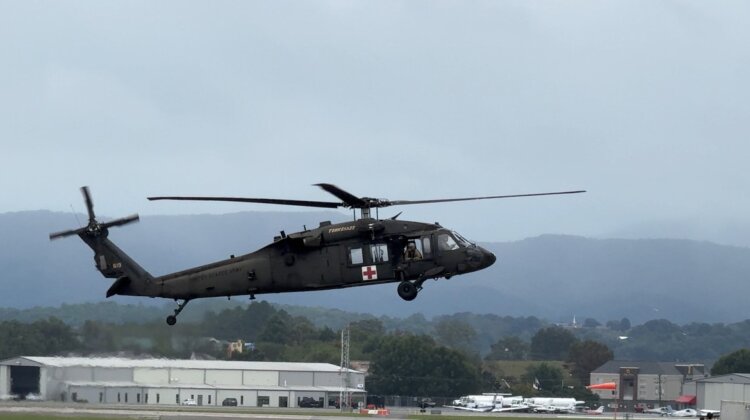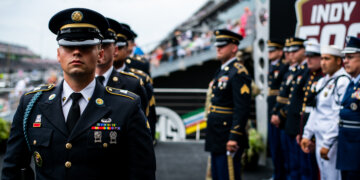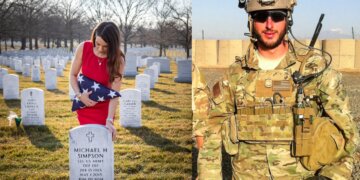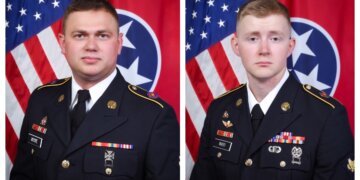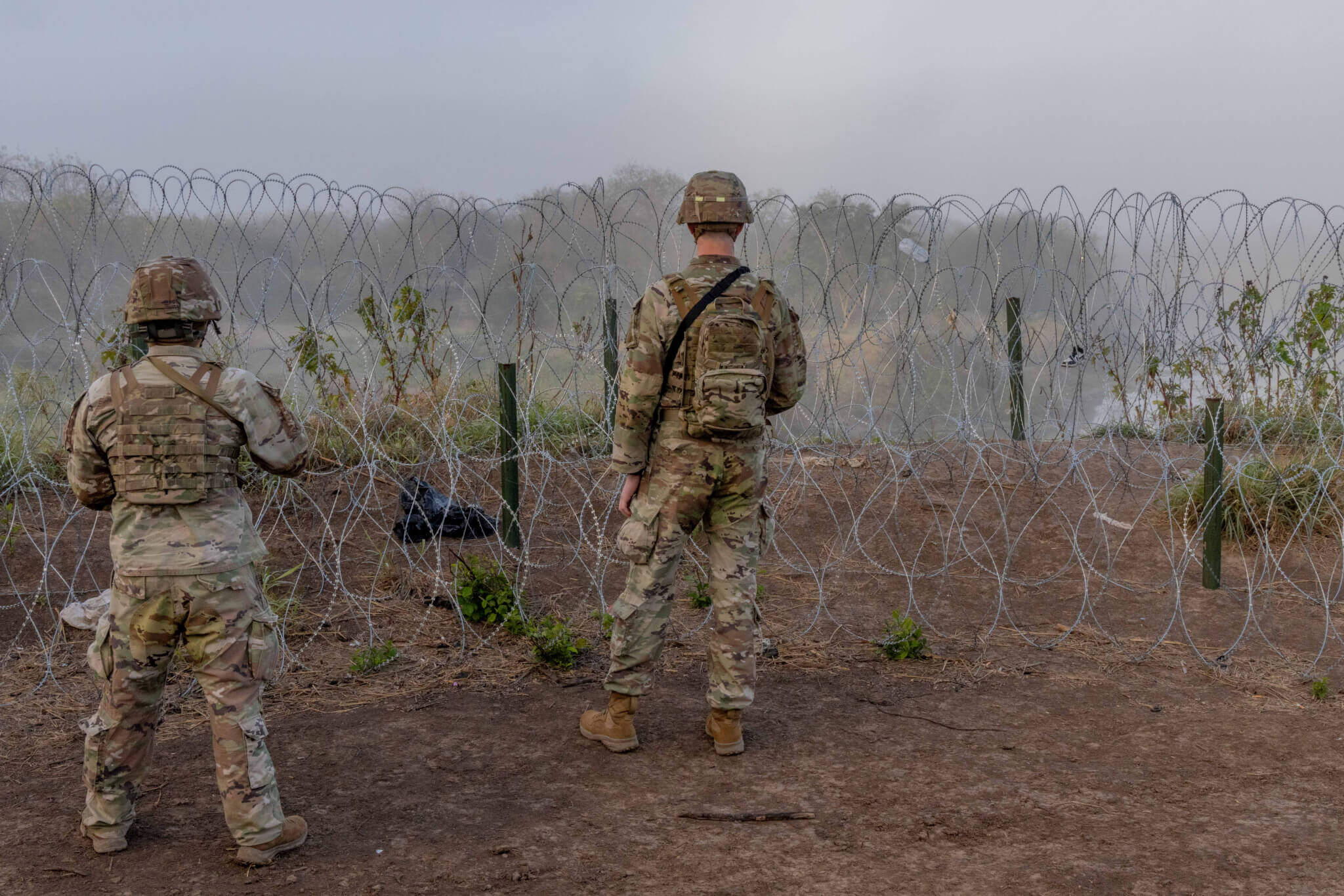When Capt. Brandon Rodriguez, a UH-60 Blackhawk pilot in the Tennessee Army National Guard, took off on Sept. 27, conditions were not exactly ideal. The weather — entirely the fault of Hurricane Helene — was uncooperative, with low visibility, low ceilings and high winds.
But Rodriguez, a former coastie, and his crew knew there was something far more important at stake than a bumpy ride: the lives of more than 50 people stranded on a hospital roof in Unicoi County, Tennessee.
“We train for hoist rescue missions, but the scale of [Helene] is not something I had personally ever witnessed before,” said Rodriguez, who has previously participated in the rescues of stranded or injured parkgoers. “Trying to rescue 50-plus people, that’s a big job.”
It was one that Rodriguez and his fellow soldiers were well prepared for, with three aircraft landing on the roof of Unicoi County Hospital solely to load as many ambulatory patients and staff on board as possible. Rodriguez’s bird, meanwhile, was in charge of hoisting the most critically ill patients to safety.
“It was life or death for everybody, but especially for those individuals we had to get from the hospital to next-level care quickly,” said Rodriguez, a Tennessean since 2013. “I think everybody was in shock because everything happened so fast. You could just see the relief as we were pulling them in.”
Roughly 600 soldiers and airmen from the Tennessee National Guard are providing 24-hour, ground and aerial recovery support in East Tennessee, according to a press release, which includes “working with local emergency managers by assisting with debris clearance, reconnaissance, logistics management, transporting critical supplies, and distributing food, water, and other necessities.”
The National Guard Bureau reports nearly 5,000 Army and Air National Guard members from 19 states are actively engaged in response and recovery efforts, including highwater rescues, distributing aid, debris clearance, and search and rescue.
At the time of reporting, the death toll from Hurricane Helene reached 230, with half of the fatalities coming from North Carolina. That’s where the St. Cloud-based C Company, 2-211 General Support Aviation Battalion from Minnesota National Guard headed to last week. Eleven soldiers, including 1st Lt. Jerrod “Jake” Braam,” will spend approximately one week assisting with recovery efforts.
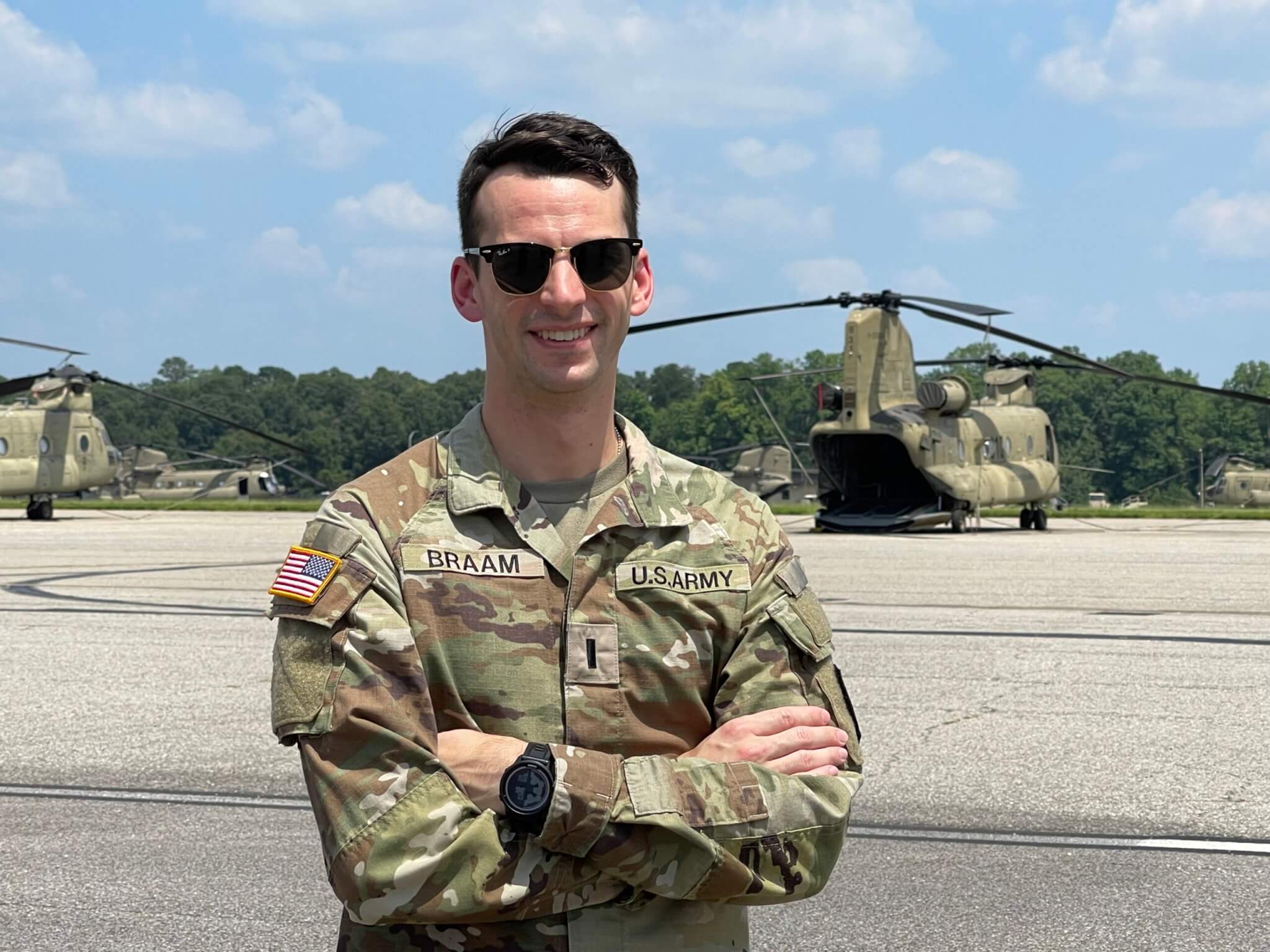
“This is my first mission doing any disaster relief,” said Braam, a CH-47 Chinook pilot. “I feel very confident in the crews that we have — Bravo company does a really great job of training their soldiers, so I think the crew is really capable of the mission ahead, no matter what it calls for.”
Braam, the son of a police officer and school counselor, joined the National Guard in 2021 out of a desire to help others. He anticipates getting to do plenty of that in North Carolina, most likely through the transportation of commodities and personnel across the affected areas in the Tar Heel State.
“There’s a lot of people hurting, and if we can go in and support them by utilizing the Chinook in all its capabilities to bring support — it’s about what we can give, versus just being gung-ho about flying helicopters,” he said. “All the soldiers in my company have that same desire to help others in need, no matter what that looks like.”
For Rodriguez, who has spent dozens of hours in the air over the last week, Helene has literally hit close to home. Some of his fellow Tennessee Guardsmen live in the impacted counties. As the approximately 250 of them have rescued 103 citizens and given rides to over 110 rescue and support personnel to where most needed, the soldiers have seen roads completely washed away, breached dams, foundations where houses used to stand and bridges entirely out of commission.
“It’s just devastating to see what these communities are going through, and seeing the amount of water moving as fast as it was — it’s powerful,” Rodriguez said. “When you’re coming out of a situation like this, you get home and hold the family a little tighter.”
Read comments


